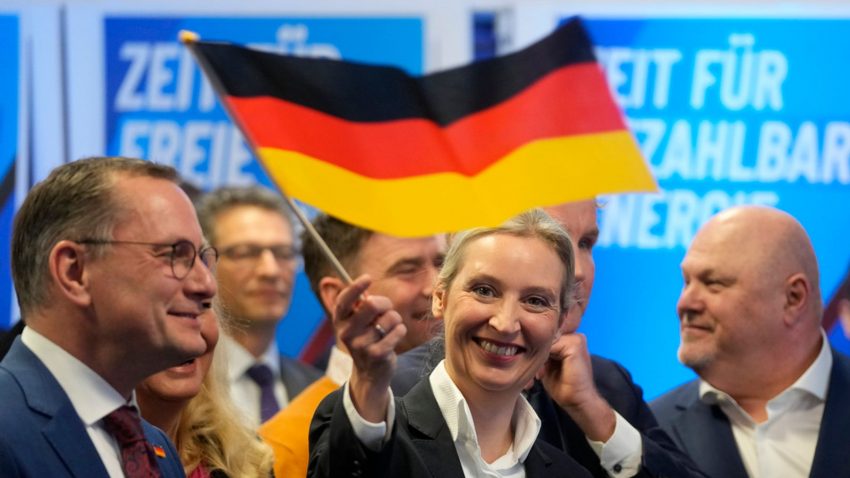Why was Germany divided in two?
After Germany lost in World War Two, the country was split into four zones of occupation that were controlled by the UK, US, France and the Soviet Union.
The American, British and French sectors formed West Germany in 1949, while the Soviet sector was East Germany.
Berlin was also split four ways even though it was in the Soviet zone, with the famous Berlin Wall signifying the divide.
Over the second half of the 20th century, East and West Germany reflected the Cold War ideologies of Russia and the US.
West Germany was a capitalist democracy with a prosperous economy, while East Germany was a communist country with a very poor economy.
The border between East and West Germany shut in 1952, with the divide in Berlin closing in 1961 – separating families and communities overnight.
The borders remained shut until the fall of the Berlin Wall in November 1989, with Germany reuniting in October 1990.
The wall came down amid unrest in East Germany and a wave of revolutions in the countries of the Soviet bloc. The Soviet Union eventually collapsed in 1991.
The almost four decades of very different levels of economic growth was clear after reunification. East Germany’s centrally planned economy had far lower living standards, stagnant productivity and poor consumer choice compared to the more advanced, capitalist West Germany.
The East German economy was so underdeveloped in the years since reunification, and that part of the country has never caught up to the more prosperous west.
While the gap has narrowed in recent years, it stubbornly remains. Median gross pay for eastern workers was €3,013 (£2,497) per month in 2024, versus €3,655 (£3,029) in the west, according to the Reuters news agency.
Unemployment is also higher in the east, while 98% of Germany’s inheritance tax is paid in the west, Reuters said.
